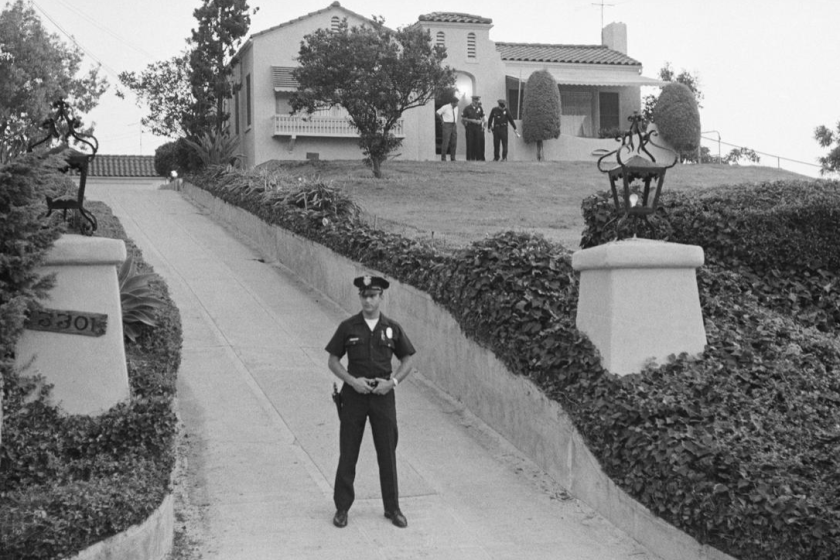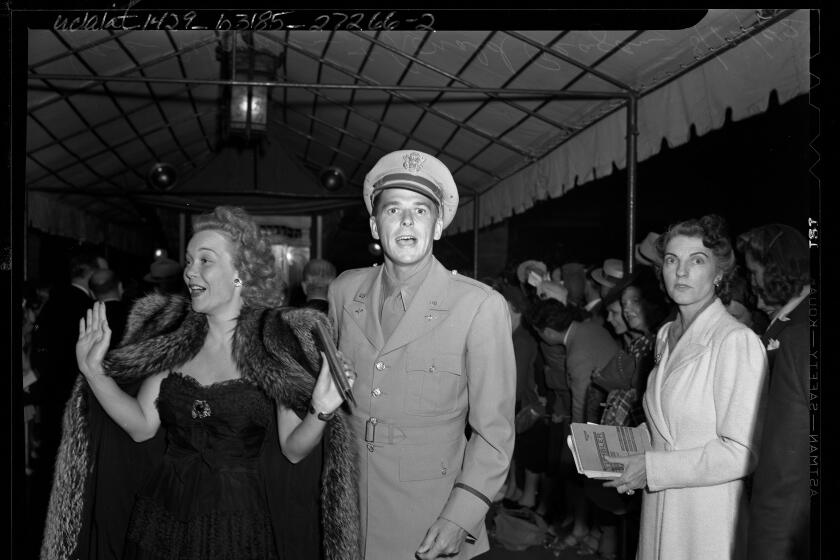
- Share via
PARIS — How do you say “locavore” en francais?
When Olympic athletes and members of the press sit down to dine on the bounty of France next month, some of what’s on their plates will have been grown and gardened and harvested — from underground garages to road medians to rooftops — in Paris.
Get the latest from Patt Morrison
Los Angeles is a complex place. Luckily, there's someone who can provide context, history and culture.
You may occasionally receive promotional content from the Los Angeles Times.
Not every course of every meal, not by a long shot. Perhaps a microgreens or endive salad, with shitake mushrooms? Serving up 13 million Olympics meals and snacks, all exclusively Parisian-made, is beyond the reach of even this city’s cuisine miracle workers. And this bit of food bandwidth won’t be getting athlete-style scores or Michelin stars, but it will be enough to show the yield and reach of Paris’ ambitious “Capital Agricole” projects.
Edible Paris is one section you’ll find on the city’s long, ambitious enviro menu — a larger regreening of the City of Light into the City of Lighter Environmental Impact. Paris has begun banishing cars and car pollution from the city’s heart, plans to add almost 250 acres of green space and another 75 acres dedicated to urban agriculture — beehives, hops, fruit trees, vegetables, cultivated largely on public property.
When I was in Paris a while back, I made my way into the august French Renaissance-style city hall, the Hotel de Ville, and up to the office of Audrey Pulvar, the deputy mayor in charge of sustainable food and agriculture and the systems to make them possible.
I knew I’d come to the right place when I looked out the window beyond her desk and saw — a window box. Those weren’t flowers she was growing there; they were beets and tomatoes.
The ParisCulteurs project envisions a cultivated world city that cultivates more than flowers and fashion. Like any modern city, Paris’ early inhabitants raised their own food; the Romans, who called the place Lutetia, coaxed grapes and figs from the Gallic soil.
At Versailles, some 20 miles outside Paris, Queen Marie Antoinette had the Hameau, her little model farm with its working dairy. On the walls of the Paris suburb of Montreuil there once grew peaches of legendary richness, and a very few are still cultivated with the tenderness afforded to babies.
Sure, you can take a bus tour to see the walls and foliage outside celebrity homes. But there’s much more to learn about Los Angeles’ famous real estate.
Yet for centuries, the best of France’s goods and goodies have floated upriver or flowed downhill for the care and feeding of Paris.
Pulvar’s projects are like the tines of a fork, several in number but working toward the same aims of nutrition and environmental responsibility. Paris already serves 30 million “collective catering” meals a year, she told me — to students, kids in daycare, city workers, the elderly and needy.
The AgriParis program that will be feeding athletes and journalists throughout the Games intends eventually to make all of that food organic and sustainable, and half of it produced within about 150 carbon-considerate miles of Paris. That sounds like a vast territory, but now it’s almost three times that.
Another tine on the French fork is the urban agriculture project to educate Parisian schoolchildren and their families about food — where it comes from and what it takes to bring it to their plates. (This reminded me of the time 10 years ago when I hung out with Jamie Oliver as he was trying to get the LAUSD on board with his good-food program. He found that some high schoolers could not identify basic food origins — honey comes from bears? Guacamole from green apples?)
The city of Paris owns a lot of land and a lot of buildings, and Pulvar’s projects welcome green-minded small businesses wanting to rent those spaces and grow and market their goods in civic spaces like roadway medians, abandoned parking lots and the rooftops of city-owned buildings and apartment complexes.
Paris still has empty acreage like the “petite ceinture,” or small belt, an abandoned 19th century railroad track that encircles Paris, and it’s being transformed into agricultural gardens. On old walls of a Paris that grew beyond them, beer brewers rent the vertical stretches for growing hops. A school rooftop is being dedicated for an aromatic garden of herbs, berries, vegetables and a solar dryer for teas. And an urban farm created atop the city’s Charonne reservoir grows and sells microgreens to locals, and teaches the green-minded how to grow them, too.
The Railway Farm, also on the small belt, is a community project that, with the blessings of the city, developed an award-winning enclave of homeless and student housing, agriculture and composting workshops, and crops of herbs, berries and vegetables — and the restaurant to serve them.
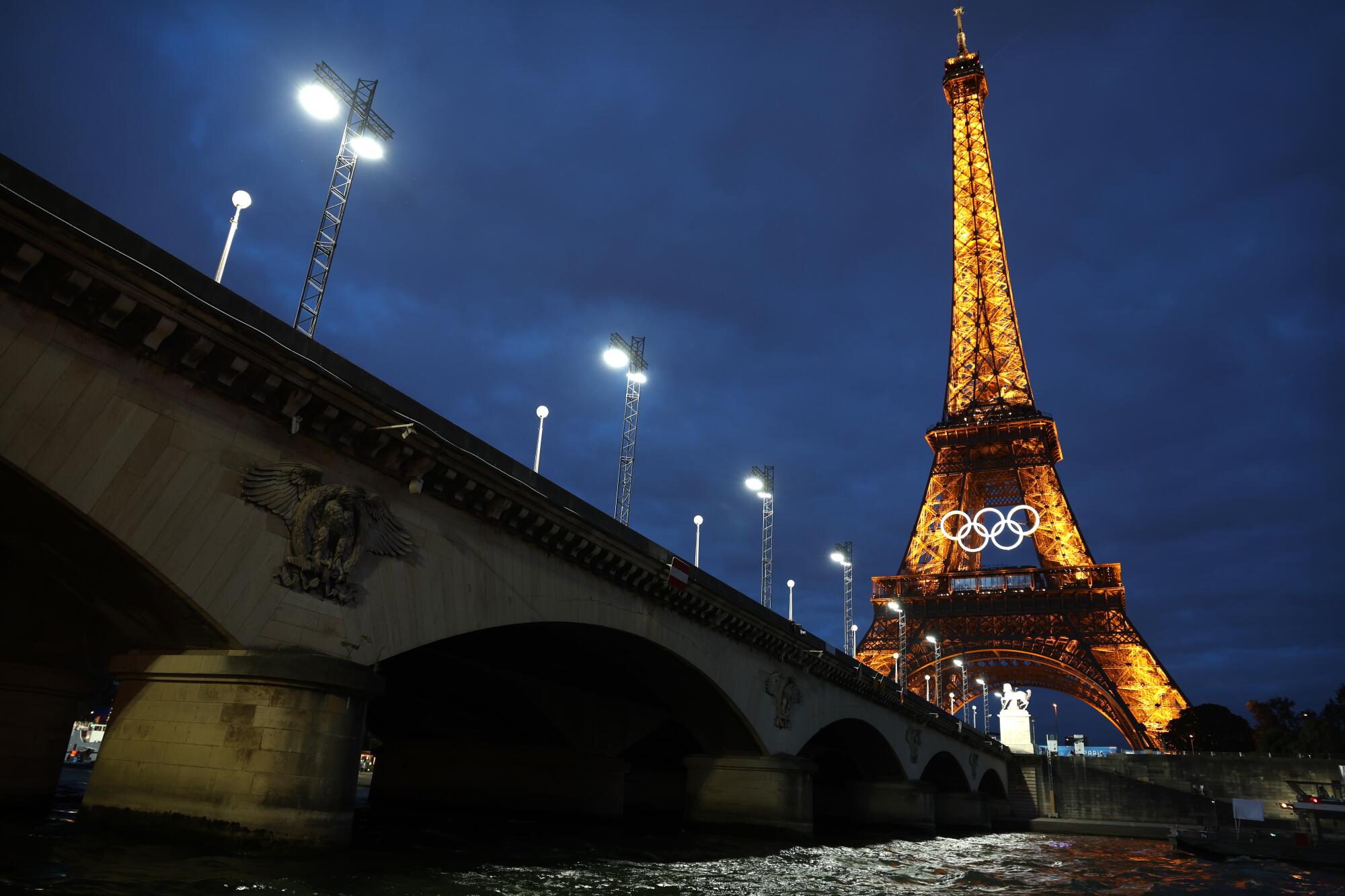
Parisians’ default verb may sometimes seem to be “grogner,” to grumble, but Pulvar thinks most ordinary Parisians are fine with the projects, especially the nonprofit initiatives.
“After COVID,” she told me, “many people realized they wanted their lives to be different. Often, they are people in business school who now have business degrees and who wanted to change their lives. A lot of women [do], especially, and it’s oftentimes led by neighborhood initiatives, groups who conceive of a project and decide to work on improving the lives of the people in their neighborhoods.”
At first, French farmers were skeptical, though. “They felt like they were being told they were not needed in the countryside anymore. That was not the case at all,” Pulvar said. “Everyone knows that we cannot feed Paris with city agriculture [alone]. We will always need the farmers outside of Paris.”
California was the first state to enact no-fault divorce. Why is it back in the news?
Now, what can L.A. — host of the next Summer Olympics in 2028 — possibly do to compete?
Confession: We can’t compete, not in the urban agriculture category. If our past performance as host of the 1984 Olympics is how we’d qualify, I don’t think we’d even make the team.
Not too much was made of what athletes were eating in 1984. The L.A. Olympic Organizing Committee put forth a “food vision” manifesto, promising a Southern California bounty of “fruit and vegetables in a variety and quantity like very few places in the world.”
There were a few stories about restaurants hoping for a tourist customer surge, and an Olympic Restaurant Ethics Committee was formed by a few restaurants to pledge good service and no price gouging.
The Times surveyed renowned chefs and found that beyond some red-white-and-blue-frosted desserts, and foodstuff arranged to suggest the Olympic rings — fruit, antipasti, onion rings — most weren’t bothering. Ken Frank, of the then-new-ish La Toque, said, “Just because I’m serving a five-course menu during the Olympics doesn’t mean I will call it a ‘pentathlon.’” (Since then, Frank’s restaurants have earned him a restaurateur’s gold medals: more than a dozen Michelin stars.)
Los Angeles Magazine’s deep dive into Olympic food turned up this: Despite the usual calorific dishes and never-expiring canned fruit cocktail, in 1984, some of the cuisine available round the clock to athletes at the nine Olympic Village cafeterias also stretched to “regional favorites: cheese enchiladas, gazpacho, and avocado soup” and dishes “still unfamiliar to most Americans in 1984: ceviche, tabbouleh, oriental vegetables and water chestnuts.” Also, radically, there were doggie bags.
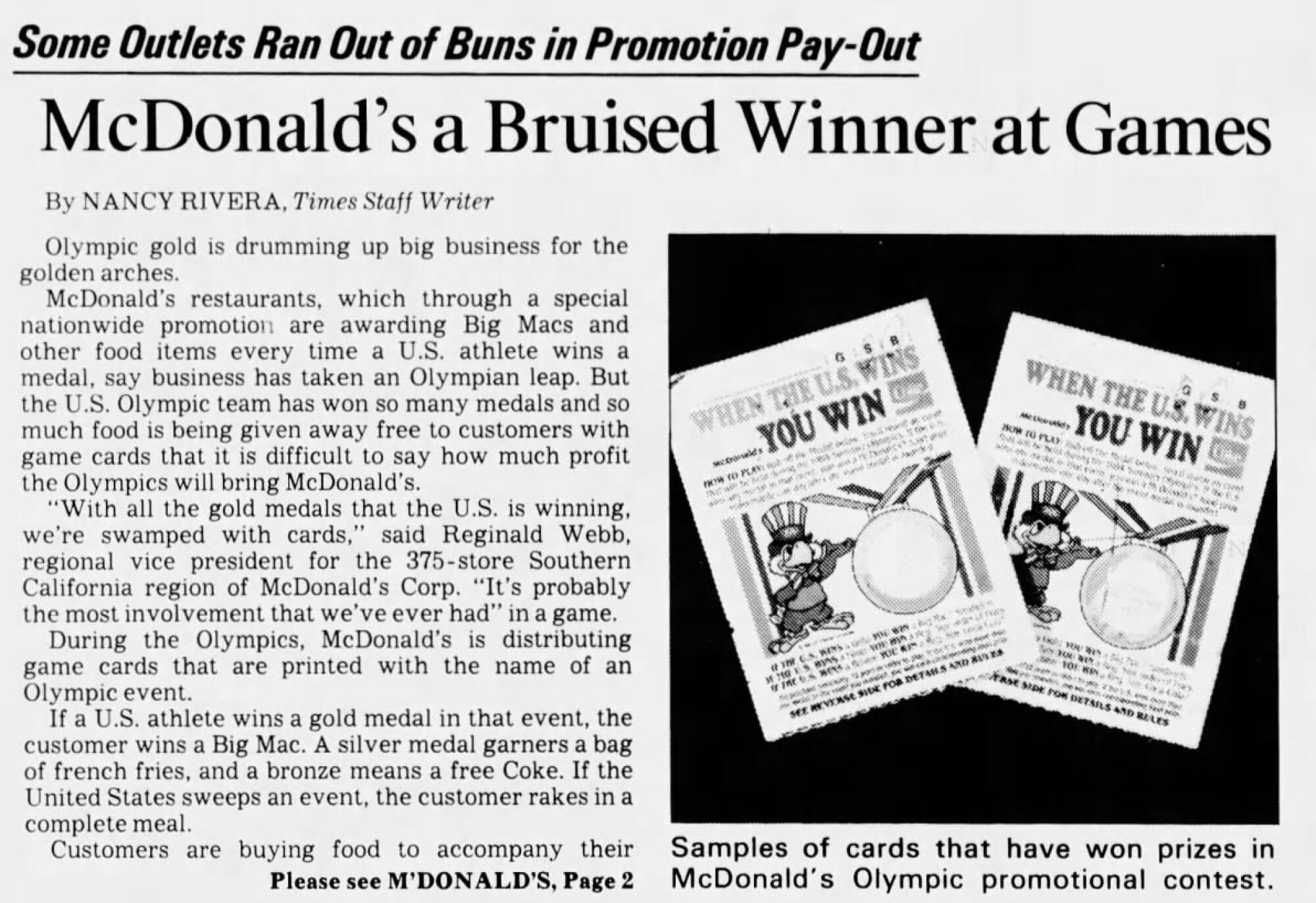
The best Olympics food story had nothing to do with what the athletes ate. McDonald’s promoted a game-card giveaway to customers, and for every card that matched up to an American athlete winning a medal, something on its menu — Cokes, fries, burgers — would be free.
McDonald’s hadn’t counted on the no-show-Commie effect of the Soviet boycott of the Games, so more Americans won medals in the Russians’ absence. A few franchises ran out of Big Mac buns. A McD’s regional VP told The Times back then that it was “the most successful” company games promotion, “but it’s also the most costly.”
And in 1932, when L.A. first landed the Summer Olympics, the L.A. Times’ “home services bureau” director offered some spirit-of-the-Games recipes: chicken curry for India — pretty daring then, no doubt -—and a “flag of all nations” ham, which turned out to be a pretty standard ham that was just ornamented with darling little flags from all the competing countries.
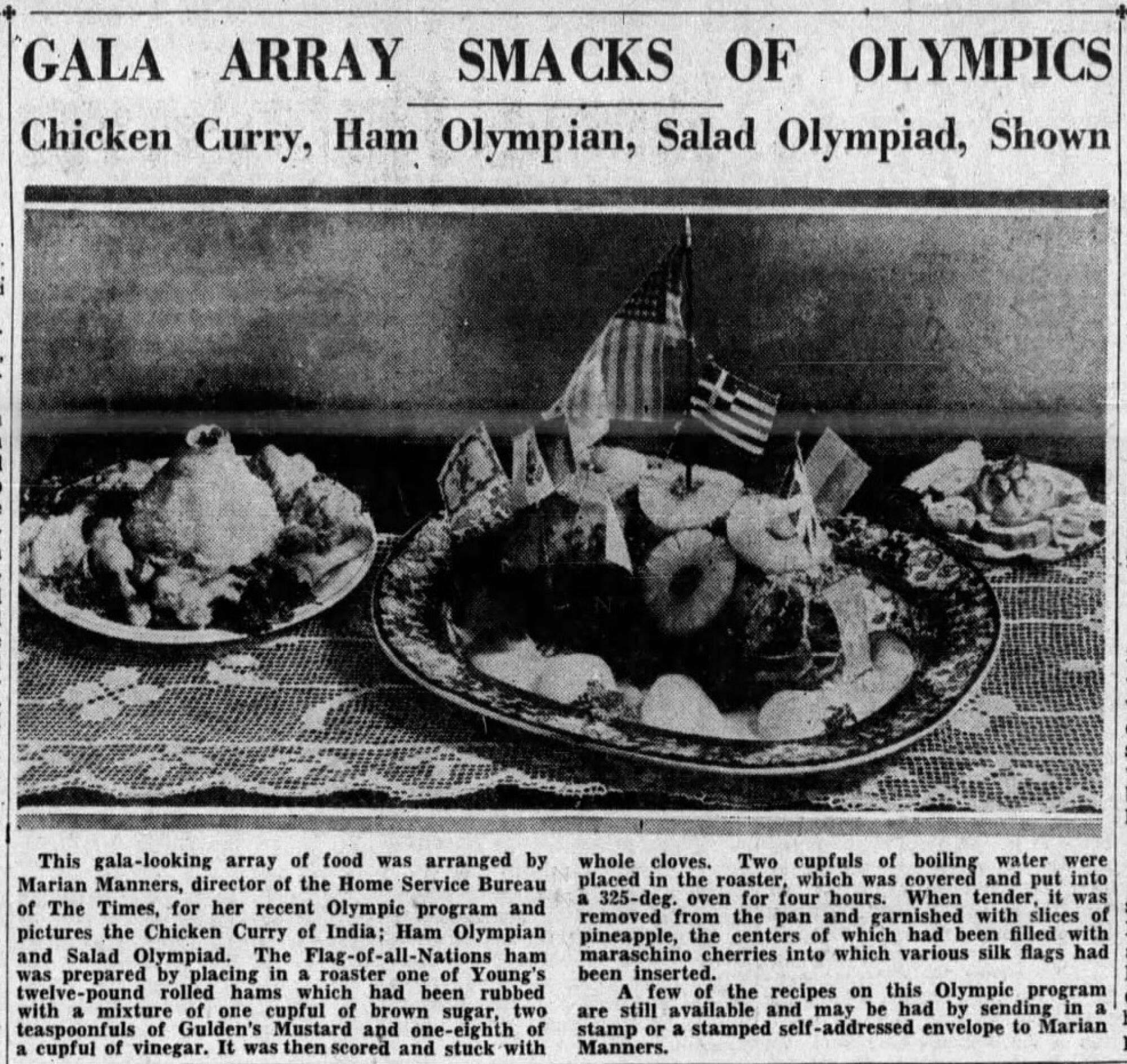
We’ve long had a reputation as a cradle of health food culture. In the movie “Annie Hall,” Woody Allen aims his anti-L.A.-disdain at The Source, the pioneering health food restaurant on the Sunset Strip, by ordering “alfalfa sprouts and mashed yeast.” (The Source was operated by a kind of a culty guy who called himself Father Yod, but culty L.A. and culinary L.A. are ordinarily two different stories.)
Therefore, what we can’t match from Paris 2024, L.A. 2028 can contrast.
For every ounce of biotic-organic-supercleansing foodstuffs sold at Erewhon, we sell probably 10 pounds of the world’s most famous fast food. Most of the founding burger and taco empires were started up within maybe a hundred miles of L.A. City Hall. That’s what we should be peddling to the world’s greatest athletes: Welcome to L.A., and to all the basic food groups — salt, fat, sugar and guilty pleasure.
Go on! Have a burger! Have a doughnut! Taco trucks! Gas station sushi! Pho and poke bowls! Kosher burritos! Fatburgers and In-N-Out! Tommy’s hamburgers and Pink’s hot dogs! Fusion city, fusion food!
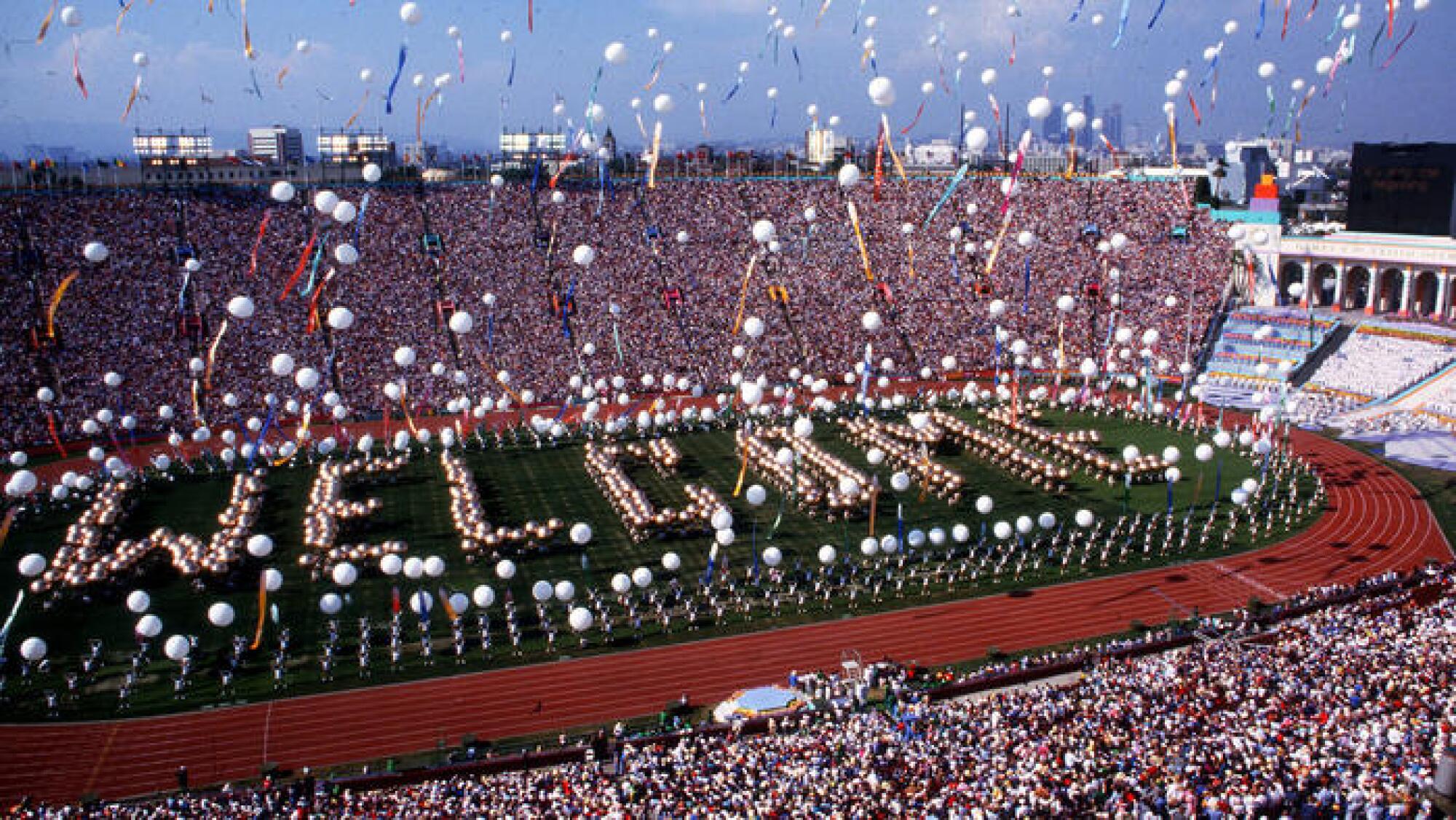
Perhaps only the Earl of Sandwich has done more for great fast food than Los Angeles.
We could give the athletes apps and maps to find some faves.
I envision social media accounts crammed with athletes’ selfies in front of Randy’s Doughnuts in Inglewood, an example of mimetic architecture — where the buildings look like the things they sell. (The Brown Derby was not mimetic because it didn’t sell derbies, but The Tamale in long-ago Montebello did sell tamales.)
And the ultimate pilgrimage: to the ground of the vanished Hinky Dink BBQ stand, the spot on old Route 66 at the border between Pasadena and Eagle Rock. About a hundred years ago, as the origin story goes, one of the boys in the Sternberger family may have scorched a burger and covered up the burn with a slab of cheese. Ladies and gentlemen, messieurs et mesdames, le cheeseburger.
Oh, and “locavore” in French? It’s “locavore.”
Explaining L.A. With Patt Morrison
Los Angeles is a complex place. In this weekly feature, Patt Morrison is explaining how it works, its history and its culture.
More to Read
Go beyond the scoreboard
Get the latest on L.A.'s teams in the daily Sports Report newsletter.
You may occasionally receive promotional content from the Los Angeles Times.
